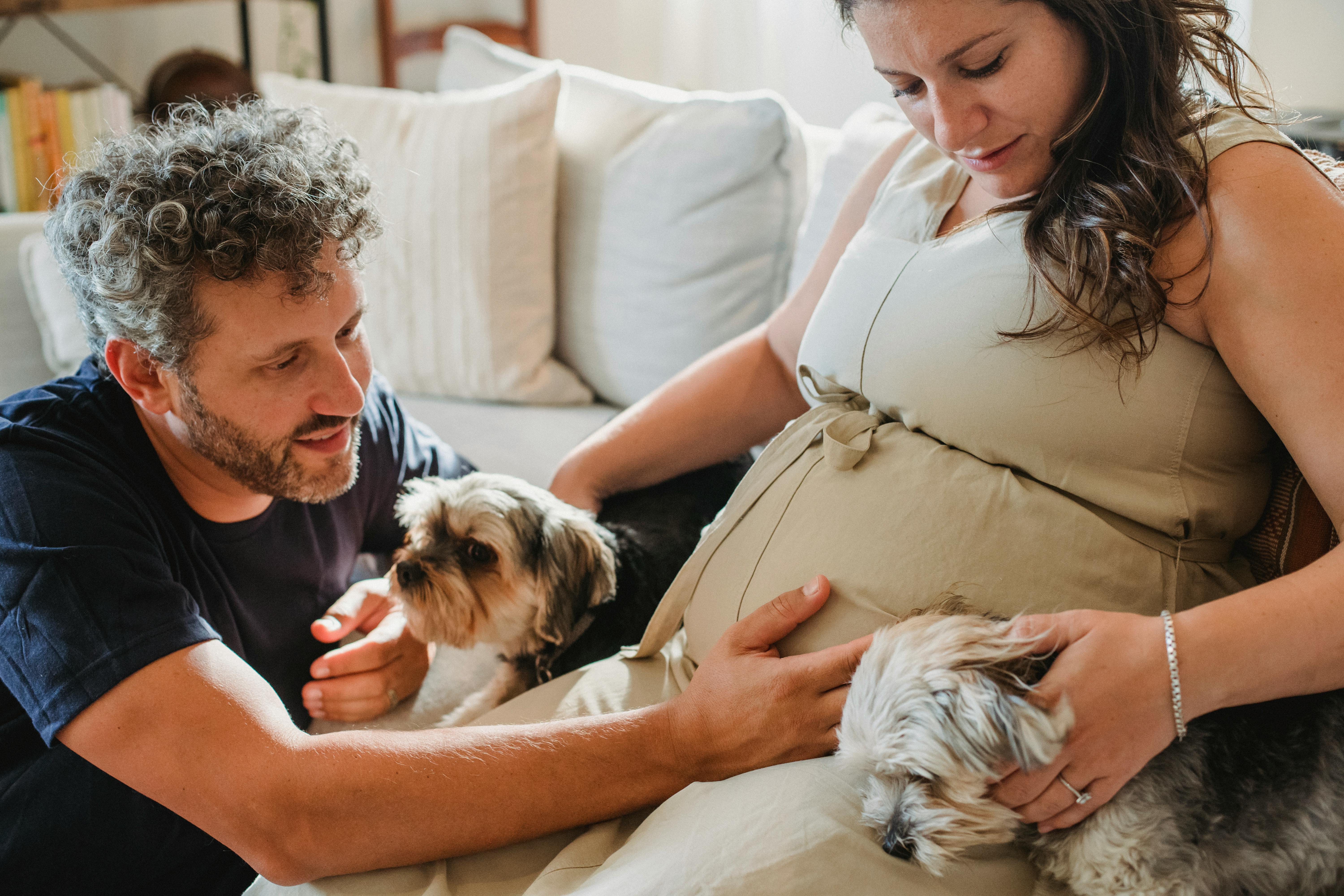Baby sleeping bags: are they right for you?
Research shows that overheating caused by blankets and comforters may be a risk factor for SIDS. Loose bedding can also increase the risk by nine times. A baby sleeping bag offers a safe alternative to traditional bed covers and keeps baby warm and comfortable at night. A baby sleeping bag can be used from birth to 24 months of age.
Newborn babies cannot regulate their body temperature and may wake up too hot or too cold at night or in the early morning hours. It provides an ideal microclimate because it releases excess heat and moisture from the body when the ambient temperature rises and captures and circulates warm air when the ambient temperature drops. Very active babies who remove their covers at night can lose their core body heat, making it very difficult for them to fall into deep sleep. However, the baby cannot wriggle out of his sleeping bag. The openings in the bag keep baby’s head and hands free and cool, which also helps regulate their body temperature.
Such a bag alleviates the need for bed covers, which can be a potential hazard if the baby becomes entangled in them. It allows the baby to move and sleep safely and naturally as they would in the confined space of the womb. Baby can be picked up for snuggling or feeding and put back to sleep in the crib or cot with minimal discomfort.
With so many colorful designs and sizes to choose from, it can be hard to know which one will be right for baby. When contemplating a purchase, parents can consider the following guidelines:
o Choose an infant sleeping bag and a tog rating (describes the warmth of the product) that is appropriate for the season. For example, a tog rating between 0.5 and 1.0 will keep your baby cool in the summer, while a tog rating of 2.5 will keep your baby warm in the winter. If you buy one with a tog rating higher than 2.5, your baby may get too hot. Avoid polyester or synthetics, which trap heat and moisture, and sleeping bags with zippers, which small children can unzip.
o Try to keep the room temperature between 16°C and 20°C depending on the season. Adjust the level of clothing you wear according to the room temperature and the time of year. For example, dress your baby in a diaper and vest in the summer and a bodysuit in the winter.
o If your baby is sweating or feels hot on her tummy, back, or chest, adjust the room temperature or remove some clothing to cool her down. Don’t worry if her hands and feet feel cold; this is normal (Department of Health, 2009).
o Select a sleeping bag that is appropriate for your baby’s age, size and weight. If it is too big, your baby may slip into the bag. If it is too small, movement will be restricted. Make sure the neckline and armholes fit your baby correctly so they don’t slide in or out of the sleeping bag. Avoid those with sleeves or hoods, and never cover your baby’s head. Do not put your baby in an infant sleeping bag if it weighs less than 4 kg (8 pounds 8 ounces).
o Avoid buying a sleeping bag with a built-in duvet and don’t cover it with extra blankets or a duvet as your baby will get too hot. If your baby gets into your bed, don’t cover him with your duvet. A sleeping bag lined with 100% cotton fabric will keep baby cozy and comfortable and allow excess heat and moisture to escape while sleeping.
Additional safety tips:
o Cover the mattress of the crib or cot with a fitted sheet.
o Always place baby on their back to sleep.
